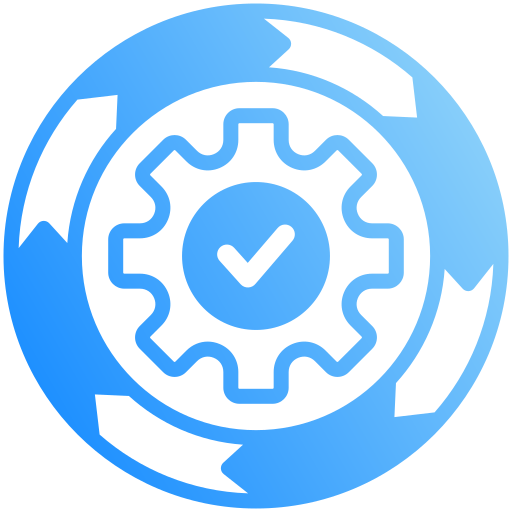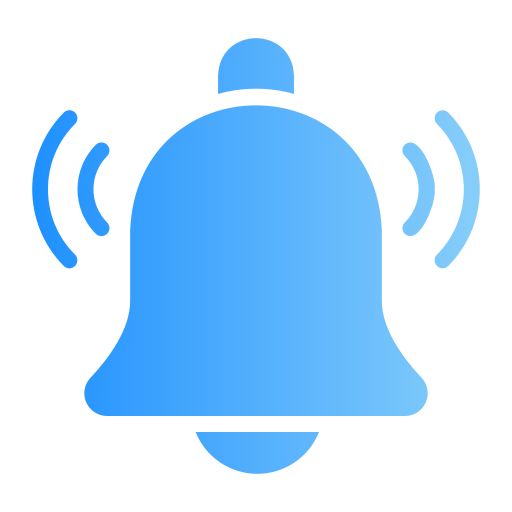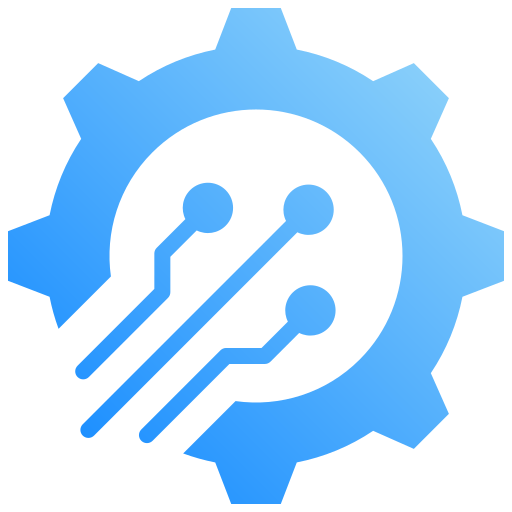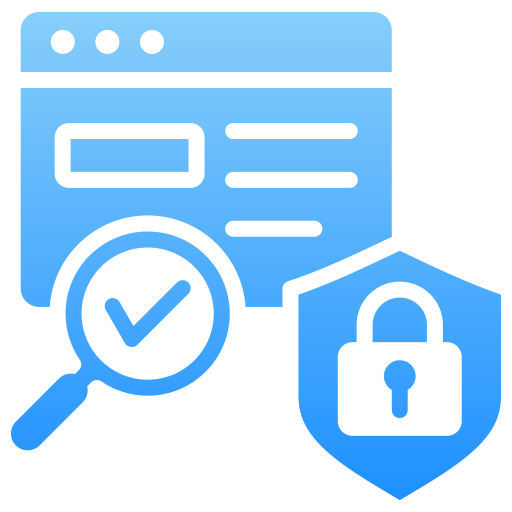Pharma /
Change control
/General Information
Welcome to OBS Change Control
The Change Control Module enables seamless management of change requests, ensuring compliance with internal procedures and external regulatory standards, including GMP requirements. Its structured design enforces traceability, maintains documentation integrity, and aligns with risk-based approaches to change evaluation.
Key Features
- Role-based access control to ensure secure and accountable management of change requests
- Automated notifications to streamline communication and reduce human error
- Compliance with GMP principles, ensuring quality oversight and regulatory alignment
- Comprehensive audit trails for full traceability at every step
- Customizable workflows to address specific organizational and regulatory needs
Process Overview
The Change Control Process follows a structured series of steps designed to ensure oversight, compliance, and efficiency:
- Section 1: Initial Request - The initiator submits a detailed change request, ensuring proper documentation of the proposed change.
- Section 2: Impact Assessment - Department managers assess the impact with a focus on criticality, and approvers ensure alignment with quality goals.
- Section 3: QA Director Review - QA Director evaluates the change, ensuring compliance and assessing risk before proceeding.
- Section 4: Effectiveness Evaluation Requirement - QA Director determines if an effectiveness evaluation is needed to verify change outcomes.
- Section 5: Implementation Plan - Tasks are defined, refined, and finalized to execute the change effectively.
- Section 6: Committee Review - The Change Control Committee ensures collaborative decision-making and quality oversight.
- Section 7: Final Approval - QA Director provides the final decision, with system-enforced checks to ensure all prerequisites are met.
- Section 8: Task Execution - Assigned tasks are executed, tracked, and verified by responsible users.
- Section 9: Change Finalization - QA Director evaluates the completion of the change, ensuring compliance and success.
- Section 10: Effectiveness Review - QA Specialists assess the change’s effectiveness based on predefined criteria.
Each section integrates quality oversight, compliance checks, and audit trails, ensuring thorough review and control from initiation to finalization. The module’s customizable workflows and system-enforced checks ensure seamless scalability and adaptability to specific GMP requirements.





